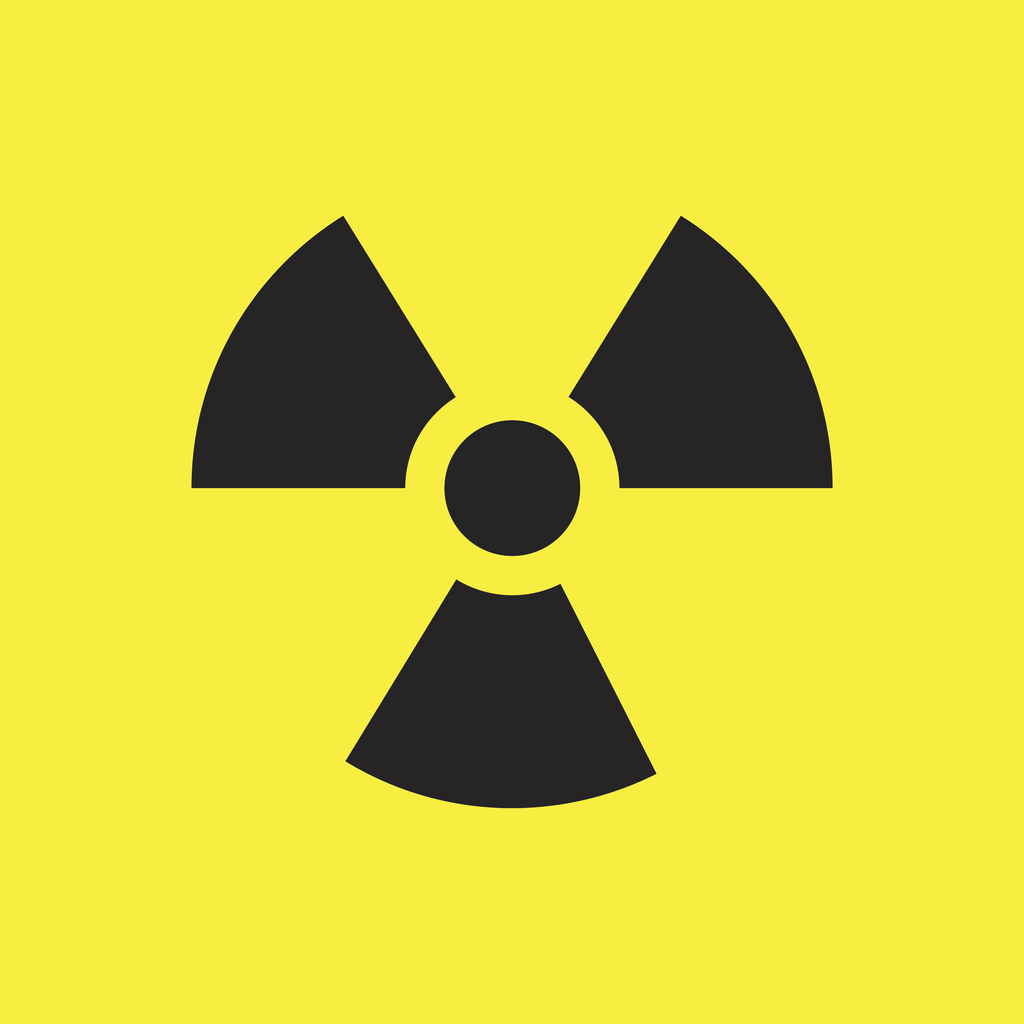A total of 1,319 notifications of exposures ‘much greater than intended’ were received by the Care Quality Commission, which represents a 3.3% increase from 2015.
The findings are published in the CQCs IR(ME)R annual report 2016.
The report reveals that of the 1,319 notifications:
- 1,069 (81%) were from diagnostic radiology departments. As in 2015, the most common error reported was when the ‘wrong patient’ was referred for imaging or was improperly identified by staff working within the imaging department.
- 61 notifications were from nuclear medicine departments, which is an increase of 17% from the 52 reported in 2015. In 2016, as with the previous year, there were only two notifications of therapeutic nuclear medicine errors.
- 189 notifications were from radiotherapy departments. Of these cases, 118 were categorised as ‘radiotherapy imaging’. This left 71 notifications related to treatment errors, which was broadly in line with previous years.
The report states: “We attribute the increase in overall notifications in 2016 to the estimated increase in annual activity.
“We have no reason to believe that practice is poor, but rather we feel that governance and incident reporting cultures are improving.
“However, we continue to be concerned that patient identification errors are still the highest category of notification, which suggests little learning year on year in addressing this issue.
“Despite the pause and check procedure being in place since 2015, we still feel that errors are occurring because of a lack of adherence to this patient safety measure.
“We also have concerns around a lack of understanding of IR(ME)R, especially relating to authorisation, justification, clinical audit, training requirements for all duty holders, and diagnostic reference levels.”
Maria Murray, Professional Officer for Radiation Protection at the Society, said: “I recommend this report to all staff working with ionising radiations to support local learning, IRMER procedures review and staff CPD.
“This annual report should be read by all radiographic staff to support continued compliance with IRMER.”
